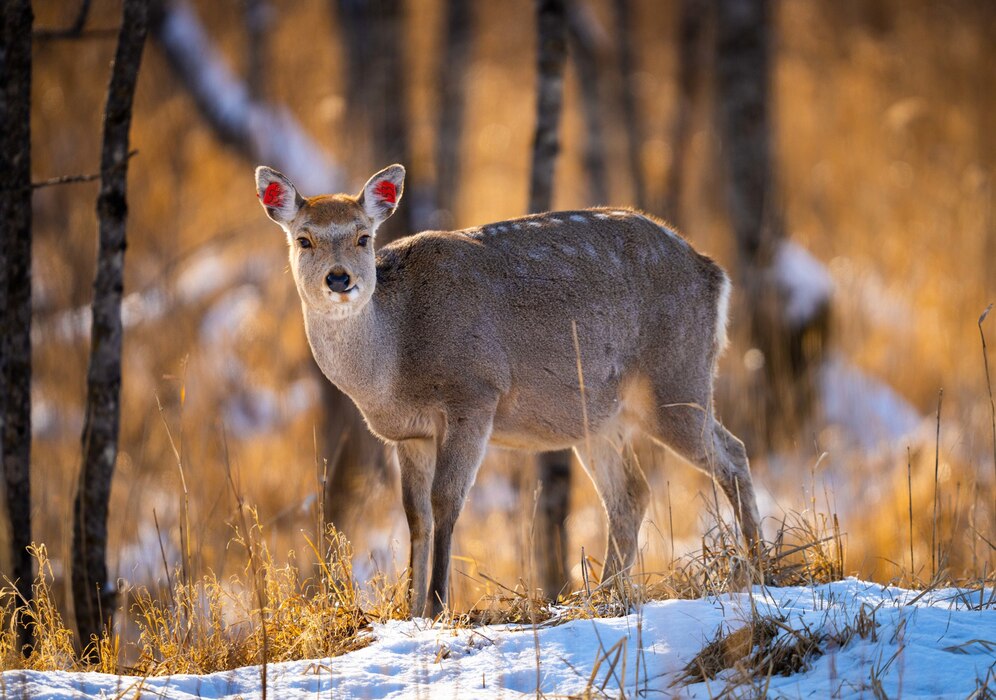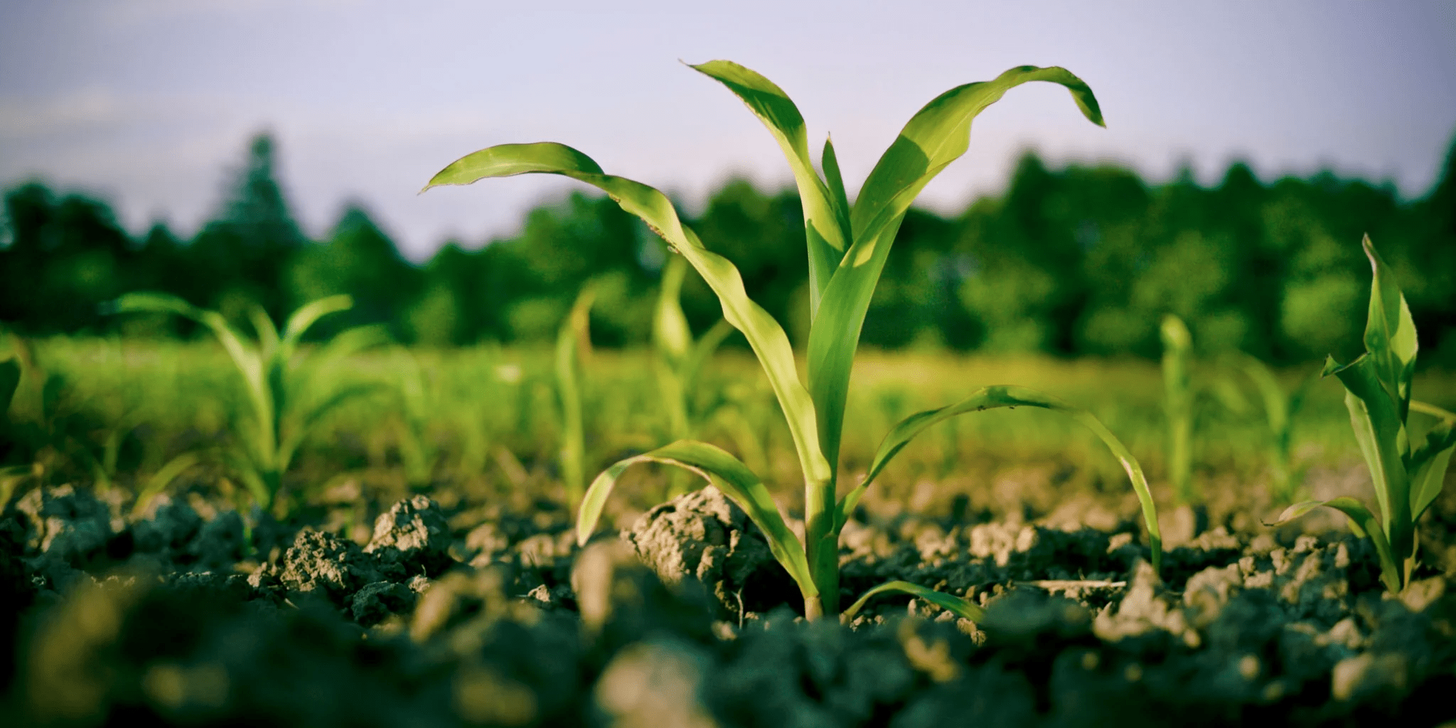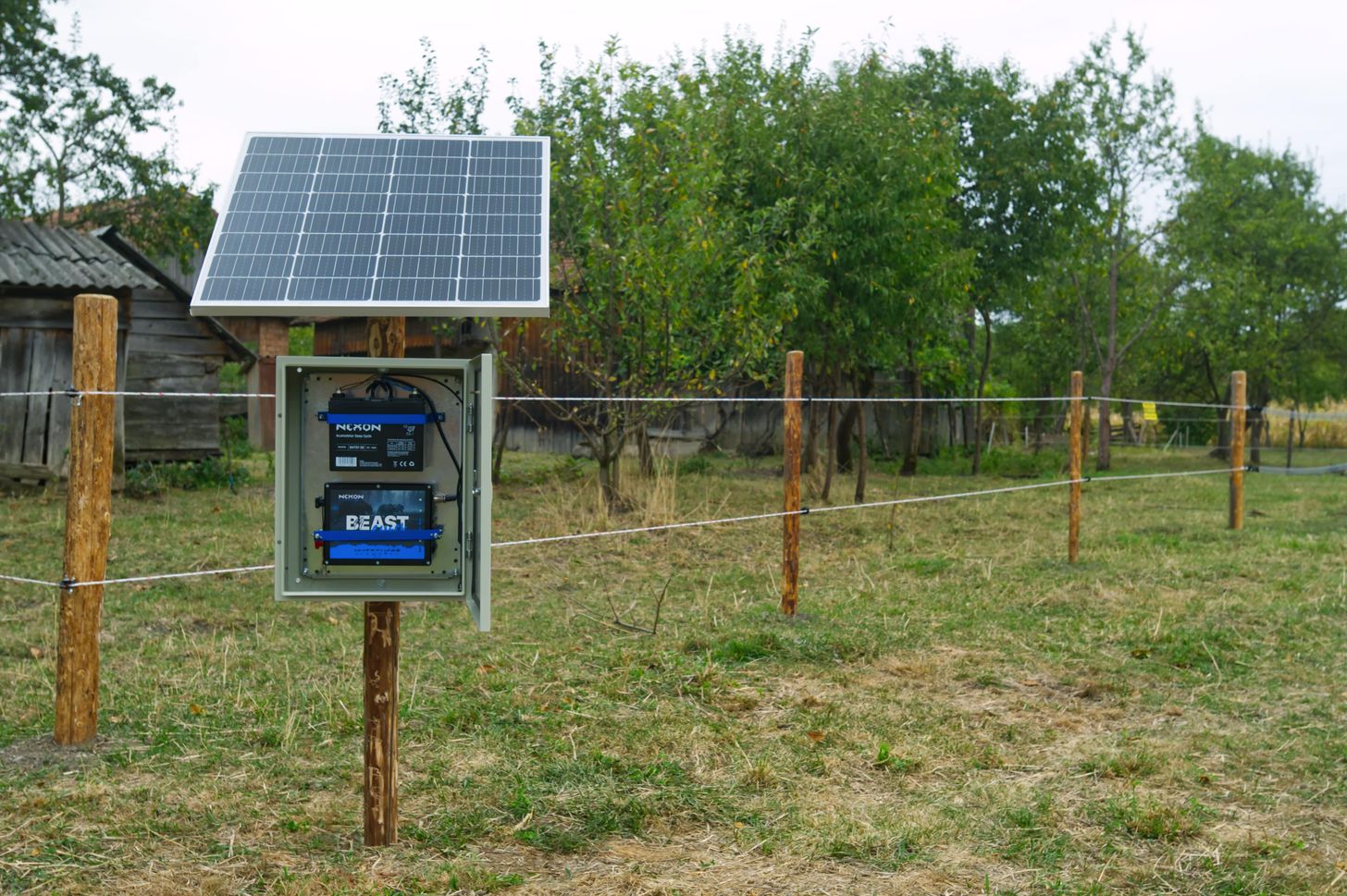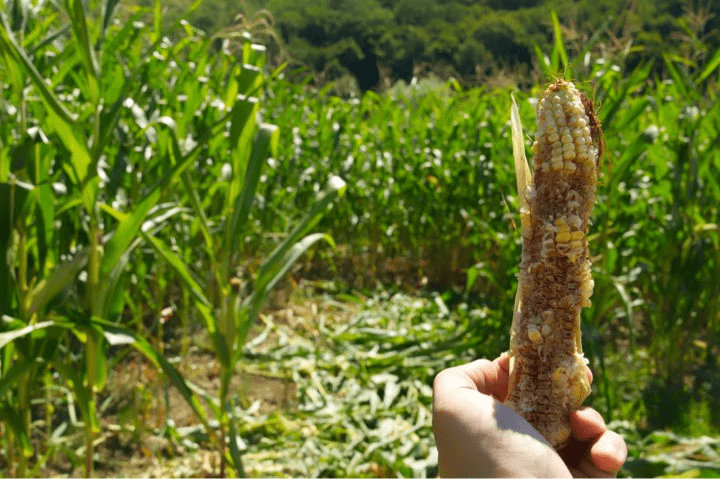
It is well known that wild animals migrate, dig, trample, scratch, and sometimes even fight, causing damage to cultivated plants if this happens on farmland. What can we do about this at the end of winter and the beginning of spring? More than we might think! Due to the mild winter, wildlife is more active, which harms autumn crops and livestock that overwinter outdoors. While some damage is inevitable and can be considered a natural loss, the time comes when intervention is necessary. Solutions include electric fence systems, wildlife-friendly crops, and deterrents. Our expert, forestry engineer András Török, presents the available options.
Over the past decades, we have become accustomed to increasingly unpredictable weather. Traditional weather lore—such as the significance of a bear seeing its shadow, an abundant walnut harvest, or low-flying swallows—no longer holds much reliability.

Nowadays, due to global warming, the weather is becoming more extreme and unpredictable, significantly impacting agriculture. The planting season is particularly affected: sometimes drought hinders pre-sowing work, while excessive autumn rainfall delays farmers—explains our expert, András Török, a forestry engineer and Nexon specialist.
The challenges of planting don’t stop there. Török highlights that seeding actually starts with the previous crop. Preparing the soil for cultivated plants requires great attention. Among autumn cereals, wheat and barley are particularly sensitive to what was previously grown on the land, whereas triticale and rye can tolerate being planted in the same field for two to three years.

And the work doesn’t end there: once crop residues from the previous planting are cleared, attention must turn to nutrient replenishment. Soil needs nitrogen, phosphorus, and potassium, making fertilization essential. This prepares the soil for winter and supports future crop growth, our expert details.
Next comes soil cultivation. Some farmers plow, others use tillage, while some simply loosen the soil. Regardless of the method, the key is to provide an even field so crops can grow undisturbed.
After all this preparation, the actual planting begins. From September to October, farmers must ensure that crops are sown in time. If sown too early, they can become waterlogged during winter; if too late, they may not strengthen enough before frost sets in.
There are so many tasks and factors to consider that the last thing a farmer needs is to constantly check the fields during winter—adds Török, who believes that increasingly unpredictable weather disrupts wildlife movements.
Wildlife Remains Active in Winter: Digging, Foraging, and Causing Damage
During mild winters, wild animals do not hibernate or retreat but continue their daily search for food. They expend more energy than in warmer seasons because they do not slow down, leading to higher energy demands. They also become more erratic.
“Like humans, animals are affected by sudden temperature fluctuations, making them restless. They roam unpredictably, sleep little, dig for food, and cause increasing damage to farmers. They are always searching for something fresh and nutritious,” Török explains, emphasizing that this is made easier by unfrozen soil and the absence of snow, allowing easy access to fresh seedlings and buds.
Time to Take Action
Although the most significant wildlife damage occurs in late spring when crops start growing, winter disturbances should not be ignored. The taller the plant grows, the less it is damaged. Wildlife is not interested in plant stems and disappears after harvest, but young shoots are sweet and juicy, often not surviving.
While the overall damage may not seem enormous, it is still enough to frustrate farmers. Wildlife activities harm the soil, crops, and even existing electric fence systems.
In deep snow, farmers can at least track where animals roam and feed, but in mild winters, with no snow or mud, they can only guess where wildlife will strike next—usually realizing only after finding the damage.
“They also consume forest tree seeds, such as acorns and beech nuts. When these are depleted, they turn to agricultural crops. Of course, wildlife is not at fault; climate change has disrupted the seasons, leaving animals without proper winter rest and sufficient food. They must fight for survival throughout the year,” explains our colleague, adding that this is a case of a disrupted balance to which we must adapt.
The NEXON Electric Fence System as a Solution
András Török emphasizes that finding a unified approach to the problem is difficult. However, electric fence systems can be a good solution in winter. Some farmers believe that electric fences hinder work processes by restricting movement and complicating spraying and weeding since agricultural machinery struggles within enclosed fields. However, in such situations, careful consideration is essential.
If fresh crops are to be protected, our team can help design and implement an effective system. NEXON aims to ease farmers’ burdens and provide practical solutions.
“We know that most farmers use electric fences in winter only if they have animals that can withstand the cold. Sheep and cows are usually housed indoors by autumn since, even in mild winters, they wouldn’t find enough nutrients in the fields. We don’t claim that wildlife damage caused by mild winters can only be prevented with electric fences,” our expert explains. However, he strongly recommends the 6th generation BeastShock GPS smart electric fence for those who want to protect their crops.

This waterproof, remotely controlled device allows farmers to monitor their fields from home. The intelligent BeastShock 6th GEN pulse generator features GPS tracking and can be monitored and controlled via a smartphone app. It saves time and costs, as it does not require daily on-site inspections. Additionally, it is easy to install, requiring only mobile network coverage.
It is important to note that in open fields without an electrical source, electric fences operate using solar panels and batteries. However, in autumn and winter, with less sunlight, solar panels may not fully charge the batteries, reducing the system’s energy production. When selecting a solar panel, it must function effectively in low-light conditions and provide at least 100W power since weaker panels may not generate enough energy, especially in winter.
The energy consumption of an electric fence pulse generator generally corresponds to its power. For example, a 10J pulse generator consumes approximately 10W per hour. If the solar panel is too weak and the battery capacity is insufficient, the pulse generator may quickly discharge, causing problems. Therefore, having an extra battery ensures the system remains operational longer.
Fortunately, we offer a 100W solar panel with a regulator, ready for installation. This system is suitable for 12V setups, provides stable charging current, and includes a PWM charge controller with 10A 12V/24V features. The connections are pre-configured—just attach the red and black clips to the battery terminals, and it starts charging immediately. It is also waterproof.
Our expert also suggests that farmers establish wildlife feeding areas in spring—designated plots planted specifically for wildlife, providing them with preferred food sources to keep them away from larger fields. Additionally, winter feeding, typically managed by hunting associations, can also be a solution. Ultimately, it depends on the farmer’s level of patience and tolerance.

And if patience runs out, that’s okay too! If you have experienced wildlife damage to autumn crops, contact us so you won’t have to worry about it next year. We are here to help!